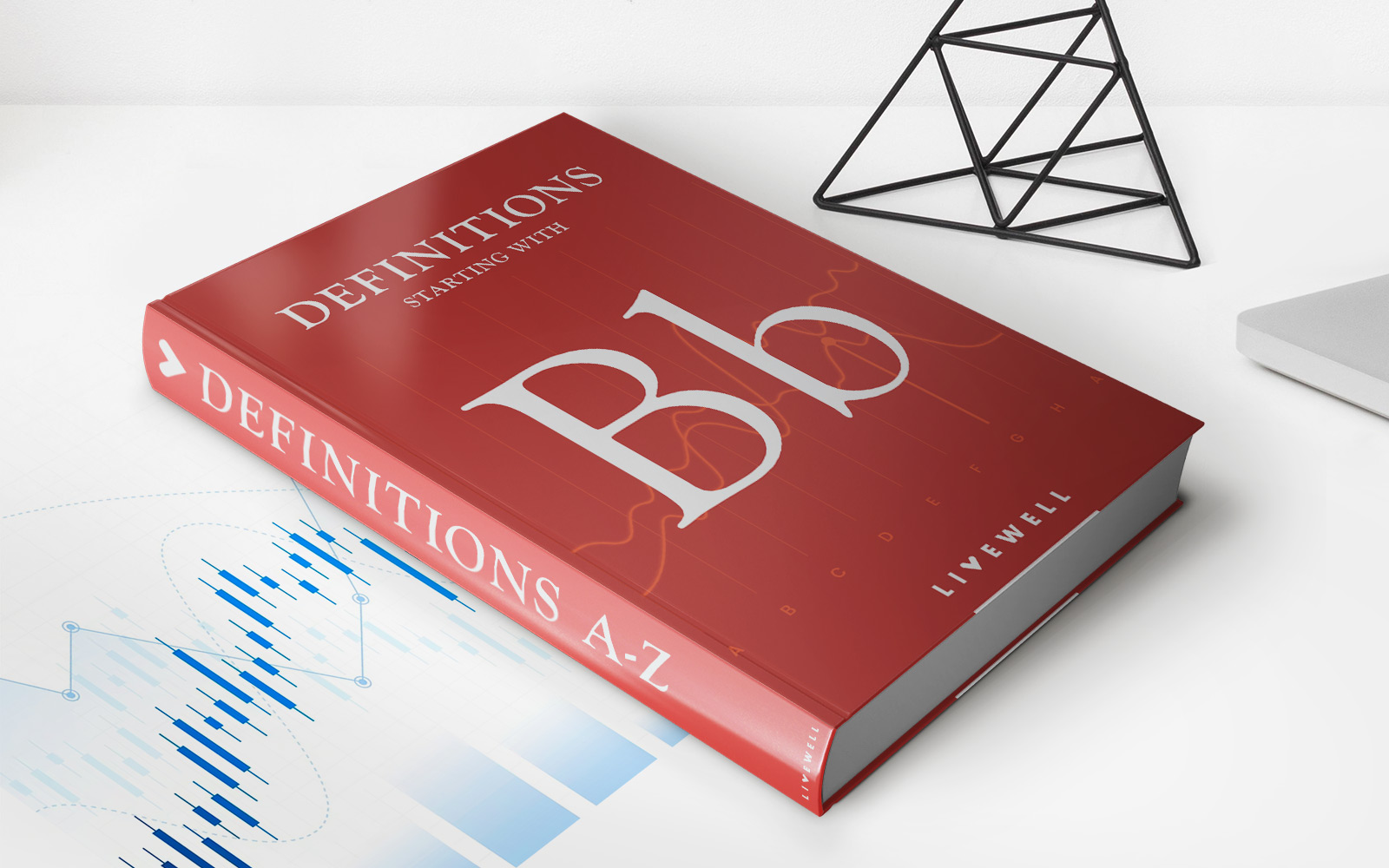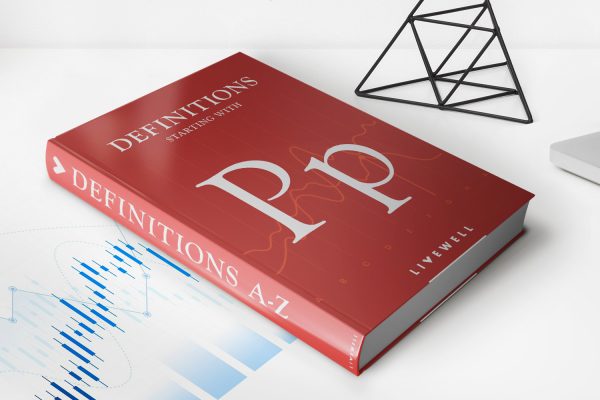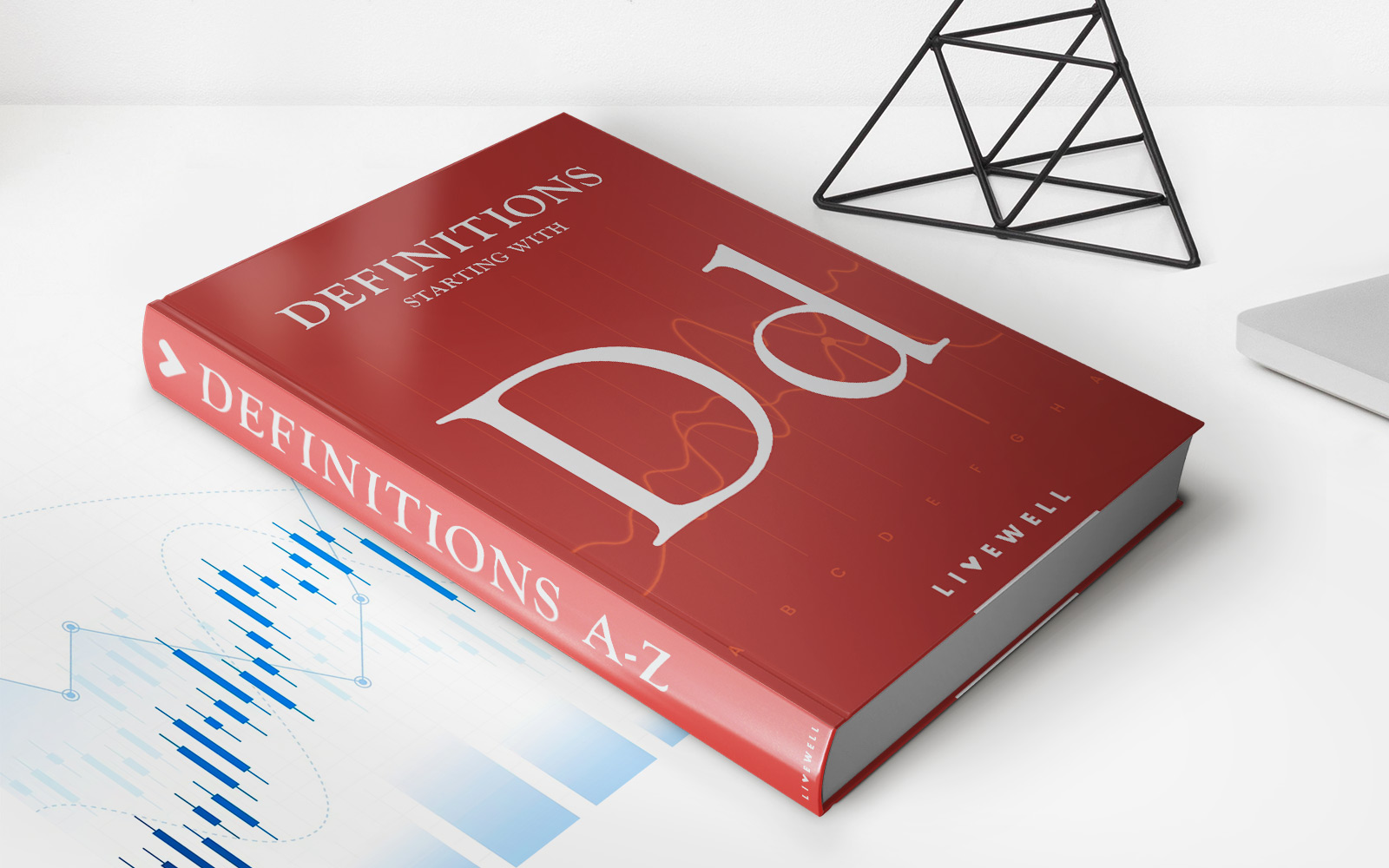

Finance
What Is The Fourth Credit Bureau
Published: March 4, 2024
Learn about the fourth credit bureau and its impact on your financial profile. Understand how it affects your credit and financial decisions. Gain insights into the world of finance.
(Many of the links in this article redirect to a specific reviewed product. Your purchase of these products through affiliate links helps to generate commission for LiveWell, at no extra cost. Learn more)
Table of Contents
Introduction
When it comes to managing personal finances and accessing credit, credit bureaus play a pivotal role in assessing an individual’s creditworthiness. Traditionally, there have been three major credit bureaus – Equifax, Experian, and TransUnion – that have dominated the landscape of credit reporting and scoring. These bureaus collect and maintain vast amounts of data on consumers’ credit behavior, which lenders rely on to make informed decisions about extending credit.
However, the emergence of a fourth credit bureau has sparked significant interest and curiosity within the financial industry. This new player is poised to disrupt the traditional credit reporting ecosystem and potentially bring about substantial changes in how credit information is accessed, reported, and utilized.
As the fourth credit bureau gains traction and recognition, it is crucial to delve into its origins, functions, and implications. Understanding the role of this new entrant in the credit reporting arena is essential for both consumers and financial institutions, as it has the potential to reshape the dynamics of credit evaluation and access.
Traditional Credit Bureaus
The traditional credit reporting industry has long been dominated by three major credit bureaus: Equifax, Experian, and TransUnion. These bureaus are responsible for collecting and maintaining consumer credit information, which includes details about individuals’ borrowing history, payment behavior, credit utilization, and public records such as bankruptcies and liens.
These bureaus compile the data into credit reports, which are then used by lenders, landlords, employers, and other entities to assess an individual’s creditworthiness. Additionally, the bureaus generate credit scores based on the information in the reports, providing a numerical representation of a consumer’s credit risk.
Equifax, Experian, and TransUnion have played a crucial role in the financial ecosystem, enabling lenders to make informed decisions about extending credit, setting interest rates, and determining credit limits. However, the dominance of these three bureaus has also led to concerns about data accuracy, consumer access, and the potential for errors in credit reports.
While these bureaus have been instrumental in facilitating the credit evaluation process, the emergence of the fourth credit bureau has introduced the possibility of increased competition and innovation in the credit reporting industry. This new entrant has the potential to address existing challenges and offer alternative approaches to credit reporting and scoring, thereby reshaping the landscape of consumer credit assessment.
Emergence of the Fourth Credit Bureau
The traditional credit reporting industry has experienced a significant development with the emergence of the fourth credit bureau. This new player, known for its innovative approach to credit reporting and scoring, has garnered attention for its potential to disrupt the long-standing dominance of Equifax, Experian, and TransUnion.
The fourth credit bureau is distinguished by its utilization of alternative data sources and advanced analytics to assess creditworthiness. While the traditional bureaus primarily rely on credit history and payment behavior, the fourth bureau incorporates non-traditional data, such as rental payment history, utility bill payments, and other non-credit financial transactions, into its credit evaluation process.
Furthermore, the fourth credit bureau has leveraged technological advancements to offer more comprehensive and real-time insights into consumers’ financial behaviors. By harnessing big data analytics and machine learning algorithms, this bureau aims to provide a more holistic and accurate representation of individuals’ creditworthiness, especially for those with limited credit histories or non-traditional financial backgrounds.
Moreover, the emergence of the fourth credit bureau has been driven by the increasing demand for inclusive and predictive credit assessment models. By incorporating a broader spectrum of consumer data and leveraging cutting-edge analytics, this bureau seeks to address the limitations of traditional credit reporting and scoring, ultimately expanding access to credit for underserved populations and promoting financial inclusion.
As the fourth credit bureau continues to gain recognition and influence, its disruptive potential has prompted discussions about the future of credit reporting and the evolving dynamics of consumer credit evaluation. The innovative strategies and alternative data utilization employed by this new entrant have the potential to reshape the industry and redefine the parameters of creditworthiness assessment.
Role and Impact of the Fourth Credit Bureau
The fourth credit bureau has assumed a pivotal role in the credit reporting landscape, introducing innovative approaches to credit assessment and significantly impacting the industry. Its utilization of alternative data sources and advanced analytics has redefined the traditional norms of credit reporting, thereby influencing both consumers and financial institutions.
One of the primary roles of the fourth credit bureau is to expand the scope of credit evaluation by incorporating non-traditional data into its assessment models. By considering factors such as rental payment history, utility bill payments, and other non-credit financial behaviors, this bureau aims to provide a more comprehensive and inclusive representation of individuals’ creditworthiness. As a result, the impact of the fourth credit bureau extends to consumers who may have limited credit histories or non-traditional financial backgrounds, offering them enhanced opportunities for accessing credit.
Furthermore, the fourth credit bureau’s emphasis on leveraging advanced analytics and big data technologies has contributed to a more dynamic and real-time credit assessment process. Through the use of machine learning algorithms and predictive modeling, this bureau has the capacity to generate more accurate and predictive credit scores, enabling lenders to make informed decisions based on a broader spectrum of consumer data.
From the perspective of financial institutions, the impact of the fourth credit bureau is evident in the potential for improved risk assessment and expanded customer outreach. By incorporating alternative data and advanced analytics, lenders can gain deeper insights into consumers’ credit behaviors, leading to more informed lending decisions and a reduced reliance on traditional credit history alone.
Overall, the role and impact of the fourth credit bureau extend beyond the realm of credit reporting, influencing the dynamics of credit assessment, financial inclusion, and risk management. As this new entrant continues to shape the industry, its innovative strategies and data utilization have the potential to redefine the parameters of creditworthiness and promote a more inclusive and predictive approach to credit evaluation.
Benefits and Challenges
The emergence of the fourth credit bureau has introduced a range of potential benefits and challenges, shaping the dynamics of credit reporting and consumer credit access.
Benefits
- Enhanced Inclusivity: By incorporating alternative data sources, the fourth credit bureau has the potential to provide a more inclusive credit assessment, offering opportunities for individuals with limited credit histories or non-traditional financial backgrounds to access credit.
- Improved Predictive Modeling: Leveraging advanced analytics and machine learning, this bureau can generate more accurate and predictive credit scores, enabling lenders to make informed decisions based on a broader spectrum of consumer data.
- Expanded Access to Credit: The utilization of non-traditional data and advanced analytics may lead to expanded access to credit for underserved populations, promoting financial inclusion and addressing disparities in credit access.
Challenges
- Data Accuracy and Privacy: The inclusion of alternative data sources raises concerns about data accuracy and consumer privacy, necessitating robust measures to ensure the integrity and security of the data utilized by the fourth credit bureau.
- Industry Adoption and Standardization: The integration of a new credit bureau into the existing credit reporting ecosystem may pose challenges related to industry adoption, standardization of reporting practices, and the alignment of credit assessment methodologies.
- Regulatory Compliance: The evolving landscape of credit reporting and the utilization of alternative data may prompt regulatory considerations and the need for compliance with industry standards and consumer protection regulations.
While the fourth credit bureau presents opportunities for innovation and inclusivity, addressing the associated challenges is crucial to ensure the integrity, security, and ethical utilization of consumer data. As the industry continues to evolve, navigating these benefits and challenges will be essential for realizing the full potential of the fourth credit bureau while safeguarding consumer interests and industry standards.
Conclusion
The emergence of the fourth credit bureau represents a significant milestone in the evolution of the credit reporting industry, introducing innovative approaches to credit assessment and reshaping the dynamics of consumer credit access. By leveraging alternative data sources and advanced analytics, this new entrant has the potential to enhance inclusivity, improve predictive modeling, and expand access to credit for underserved populations. However, navigating the associated challenges related to data accuracy, industry adoption, and regulatory compliance will be essential to ensure the ethical and effective utilization of consumer data.
As the fourth credit bureau continues to gain recognition and influence, its role in redefining the parameters of creditworthiness assessment and promoting a more inclusive and predictive approach to credit evaluation cannot be understated. The industry’s response to the opportunities and challenges presented by this new player will shape the future of credit reporting and consumer credit access, influencing the dynamics of risk assessment, financial inclusion, and industry standards.
Ultimately, the impact of the fourth credit bureau extends beyond credit reporting, signaling a transformative shift in the evaluation of consumer creditworthiness and the utilization of non-traditional data in credit assessment. As this new entrant continues to shape the industry, its innovative strategies and data utilization have the potential to redefine the parameters of creditworthiness and promote a more inclusive and predictive approach to credit evaluation.
As the financial landscape evolves, the role of the fourth credit bureau in addressing the limitations of traditional credit reporting and enhancing the accessibility of credit will be instrumental in shaping a more equitable and dynamic credit ecosystem. By navigating the opportunities and challenges presented by the fourth credit bureau, the industry can embrace innovation while upholding the integrity, security, and ethical utilization of consumer data, ultimately fostering a more inclusive and predictive approach to credit assessment.














